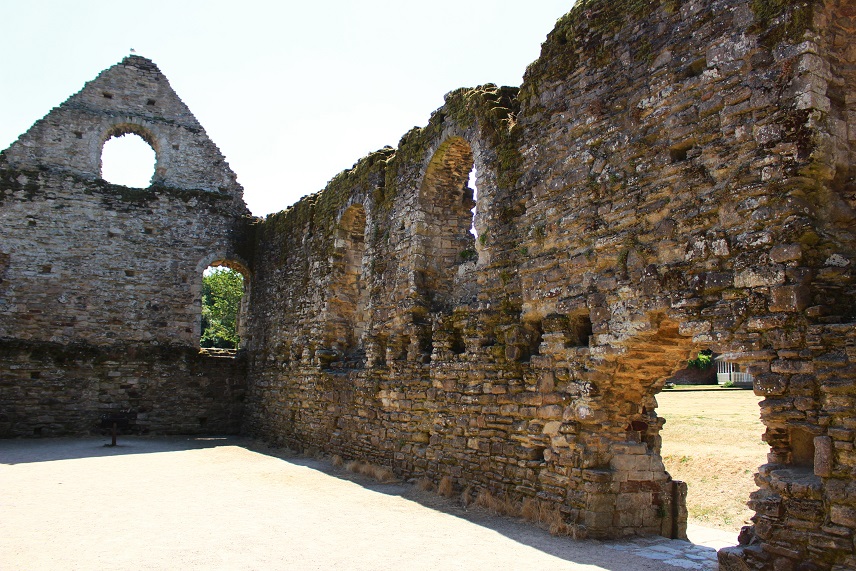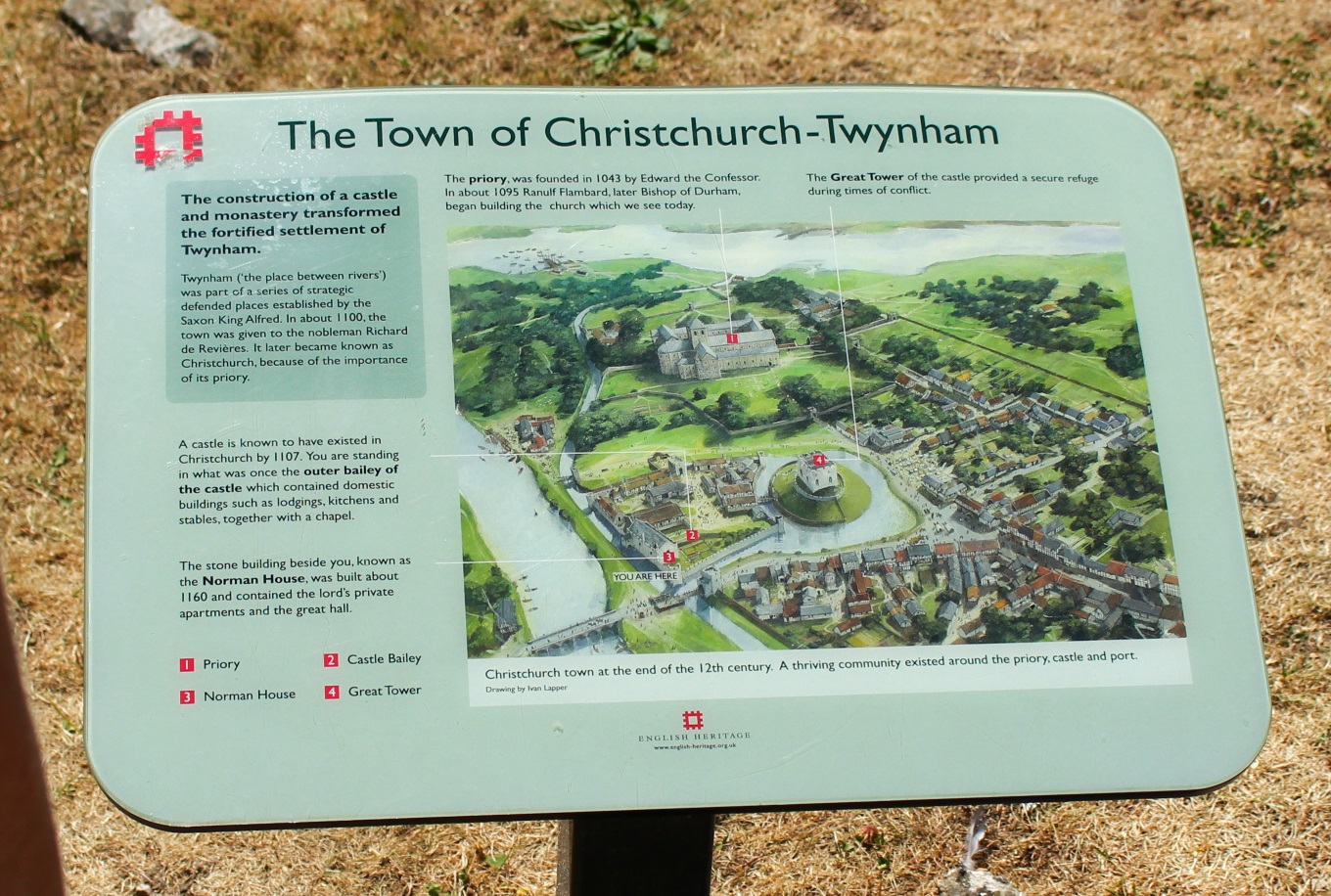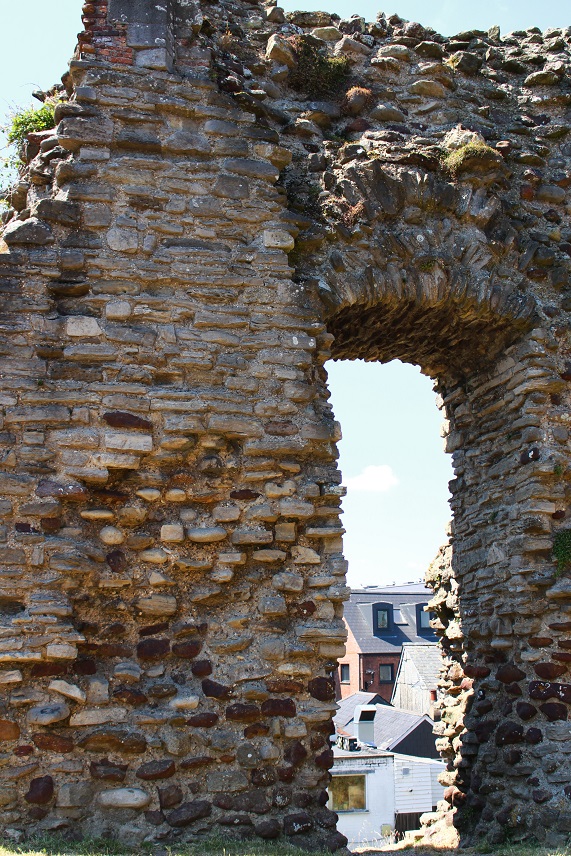A vár helyszíne a régi szász burhe belsejében található, amely az Avon-folyó legalacsonyabb kereszteződését uralja.
A kastély melletti katonaházat 1160 körül adták hozzá, és ritka és figyelemreméltó példa egy normann lakóhelyre. A kastélyt úgy tartják, hogy egy korábbi, 924-ben épített erődítmény helyén állt, amelynek a város falait 901-ben Aethelwold király elfoglalása után építettek fel. Az 1066-os normann hódítás után a vár védelmeit megerősítették árokkal és fallal. A fából készült erődöt végül egy kőerőddel helyettesítették.
The earliest stonework has been dated to 1160. It is a Norman motte and bailey castle. The castle's site is inside the old Saxon burh dominating the River Avon's lowest crossing.
The Constable's House standing adjacent to the castle was added at around 1160 and is a rare and notable example of a Norman domestic dwelling. Today the bailey is home to a bowling green and gardens, and the ditch has been filled but parts of the keep and much of the constable's house still stand. The castle is believed to stand on the site of an earlier wooden fort built in 924 following the capture of the town ramparts in 901 by King Aethelwold of Wessex and subsequently fortified with a motte by King Edward the Elder. After the Norman conquest of 1066 the castle's defences were strengthened by the addition of a ditch and bailey surrounded by a wooden palisade. The wooden fort was eventually replaced with a stone keep.




















